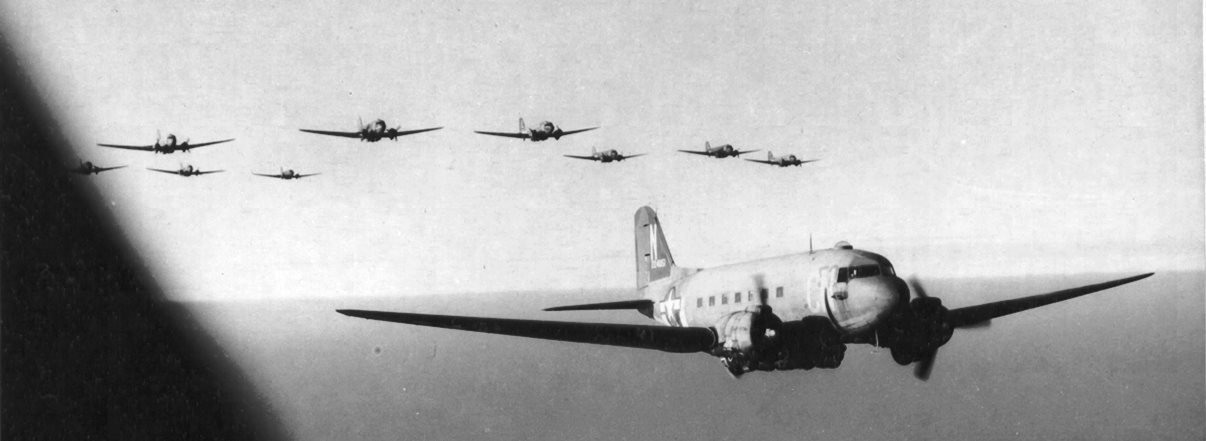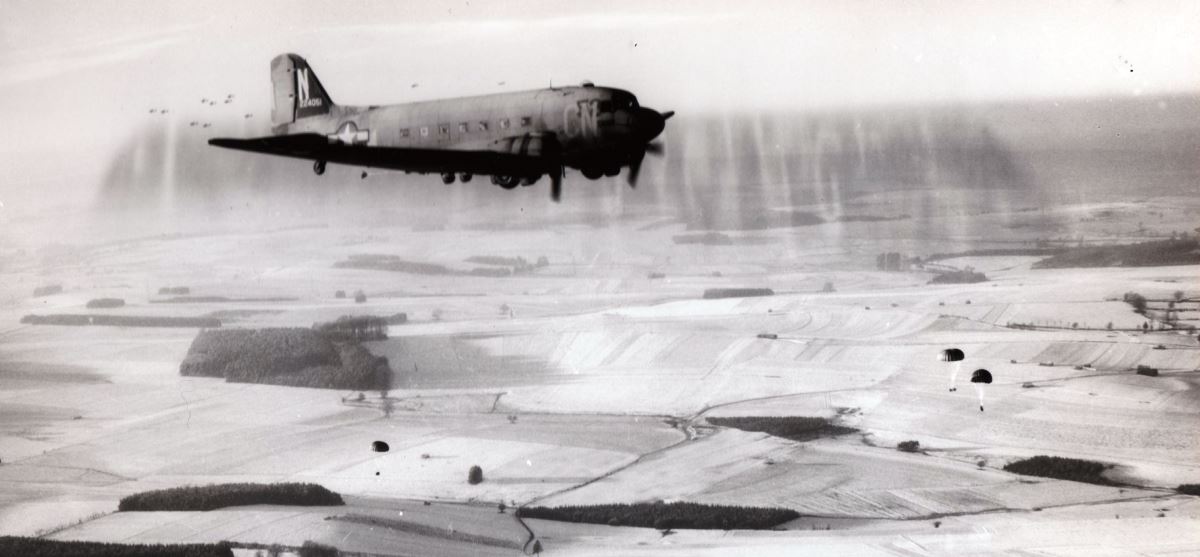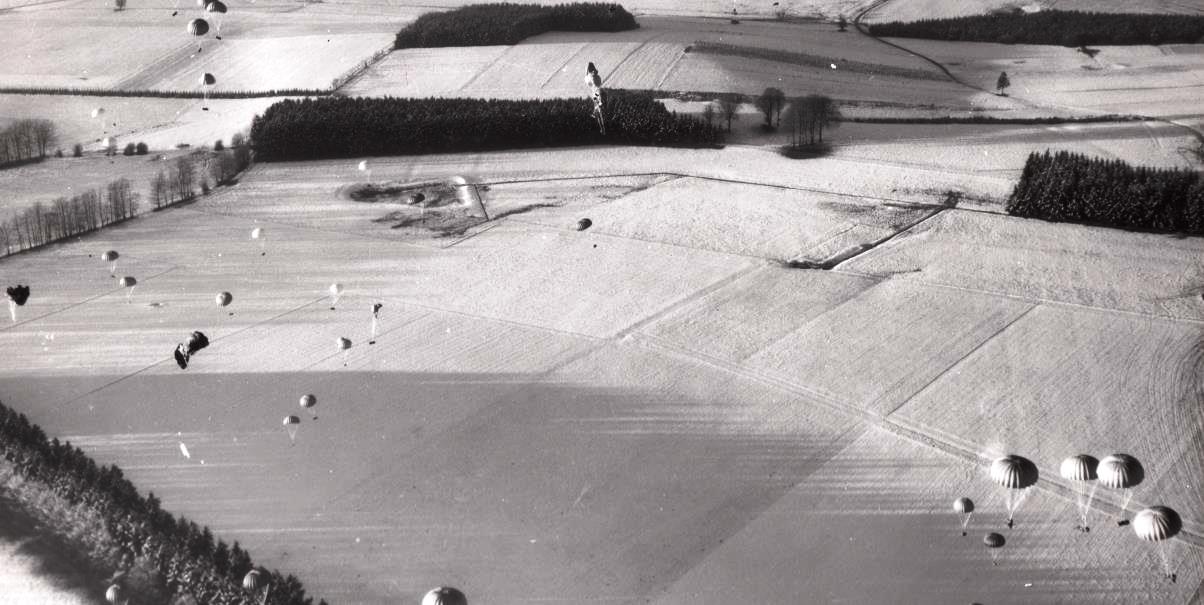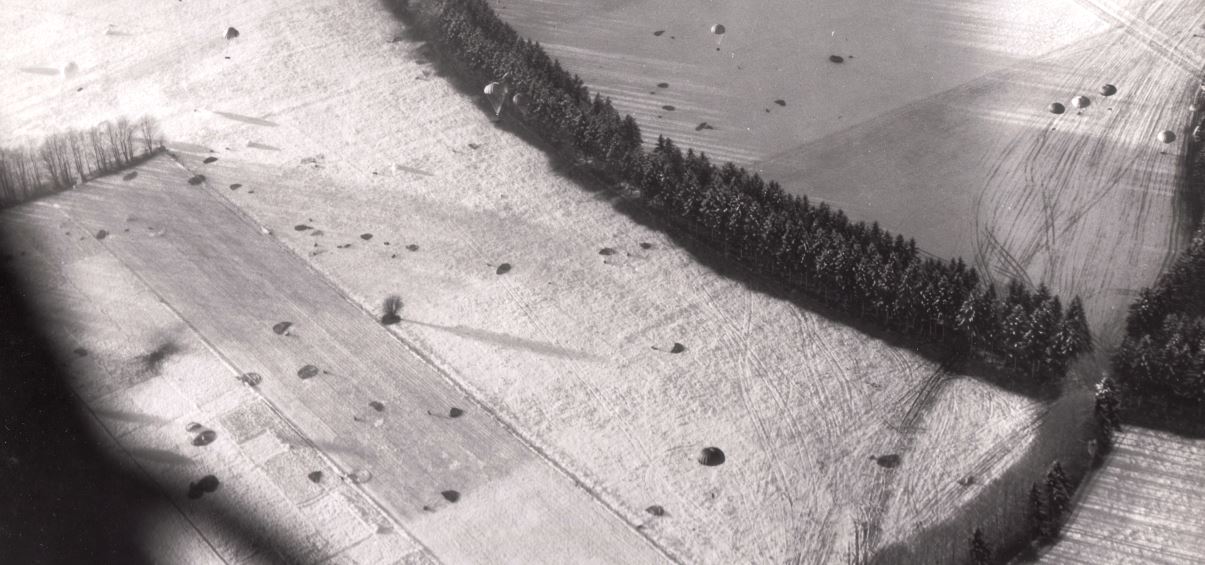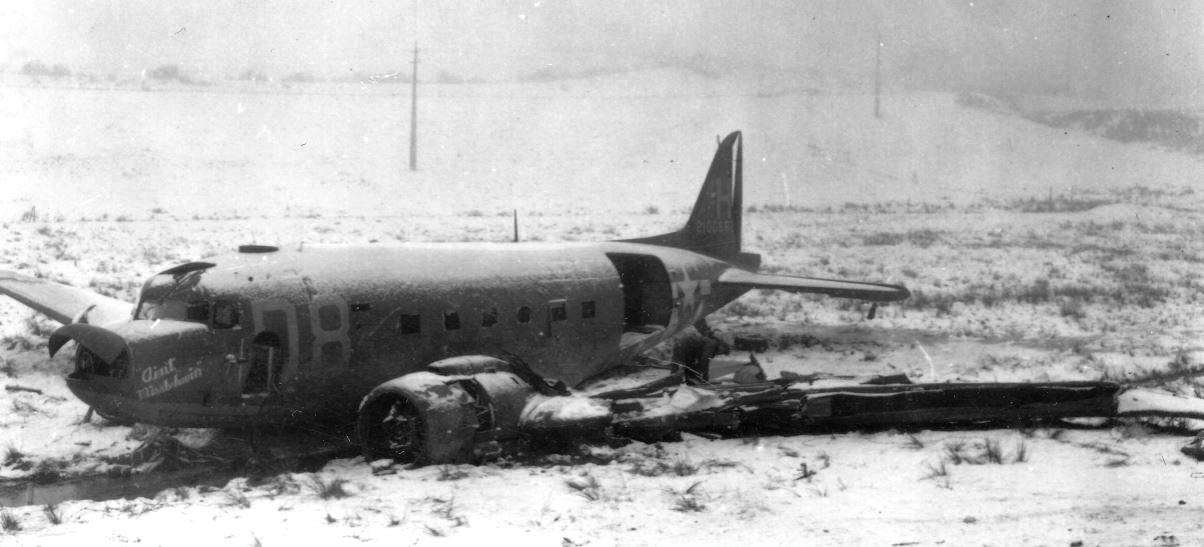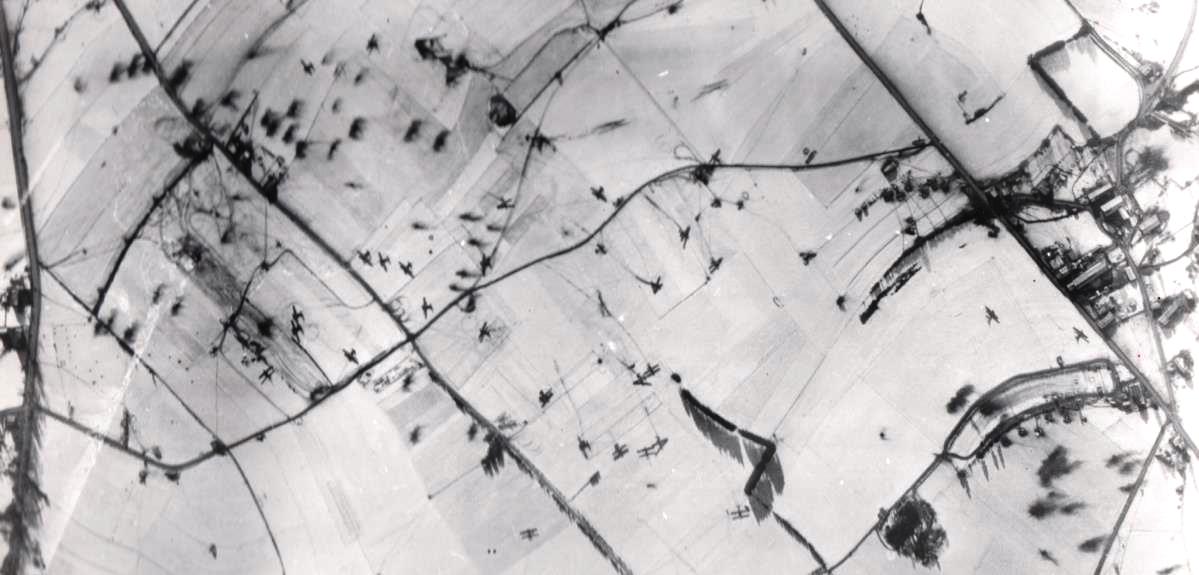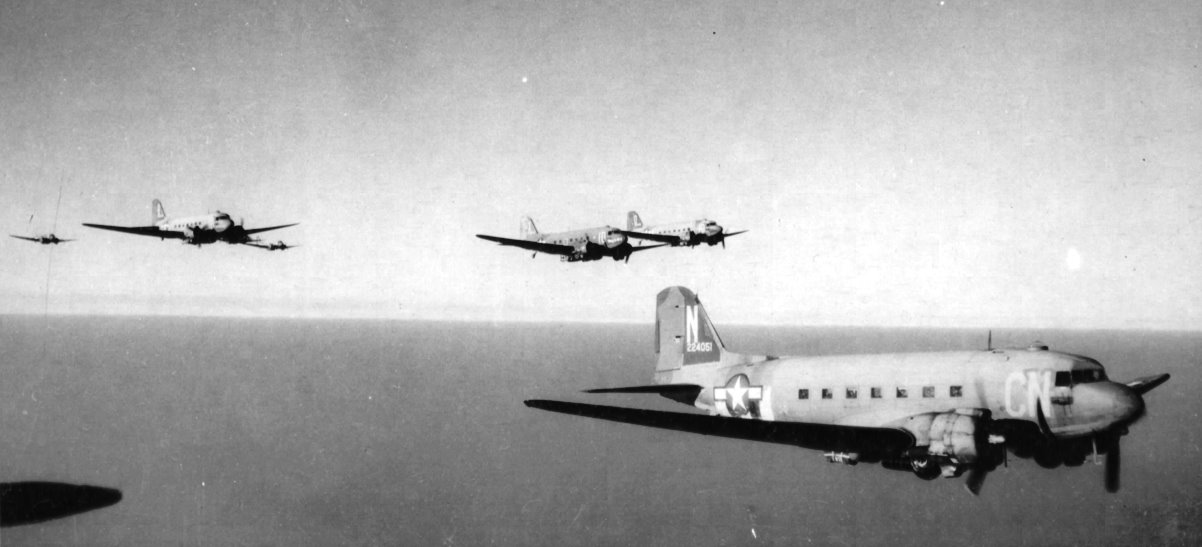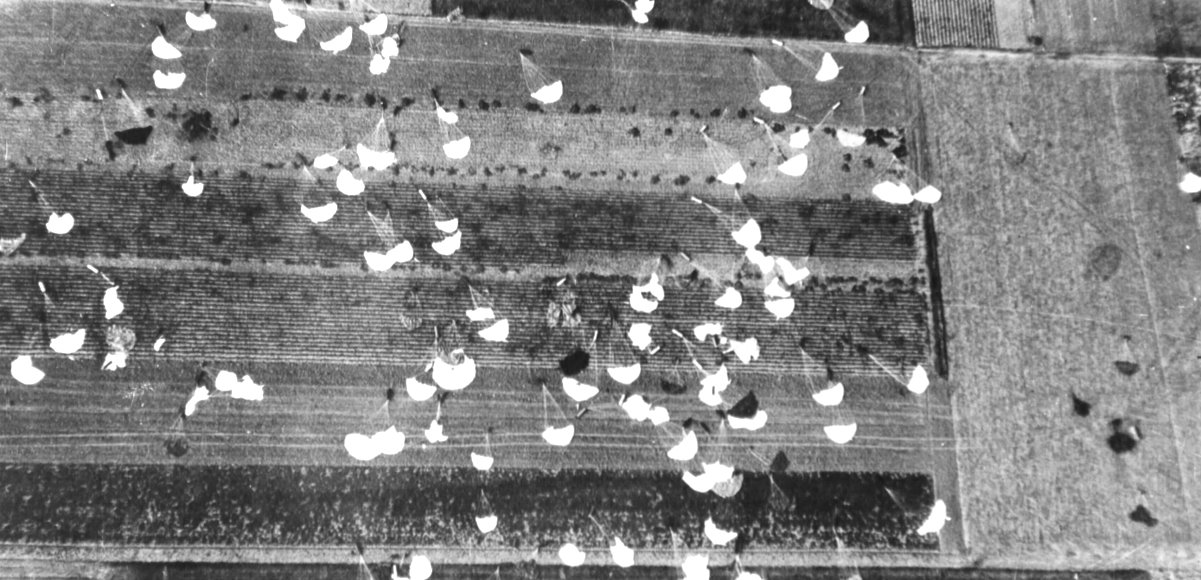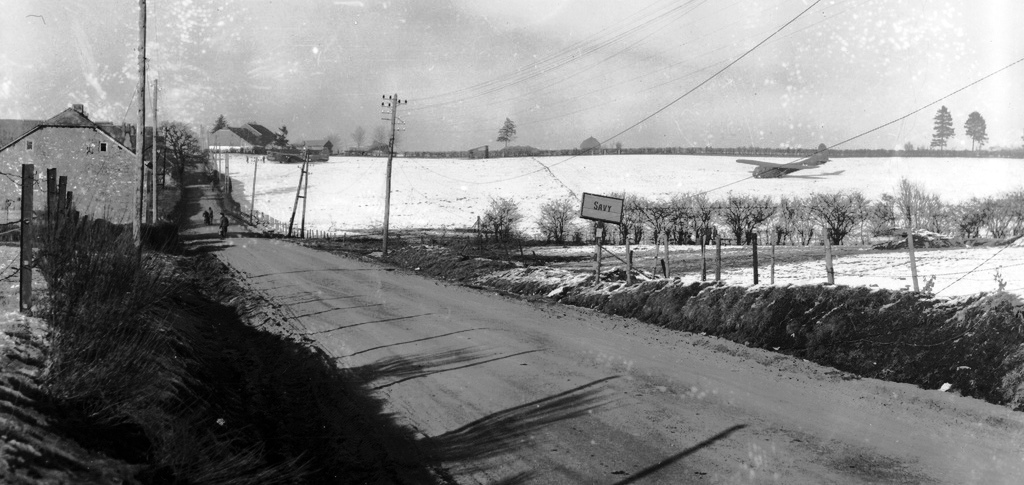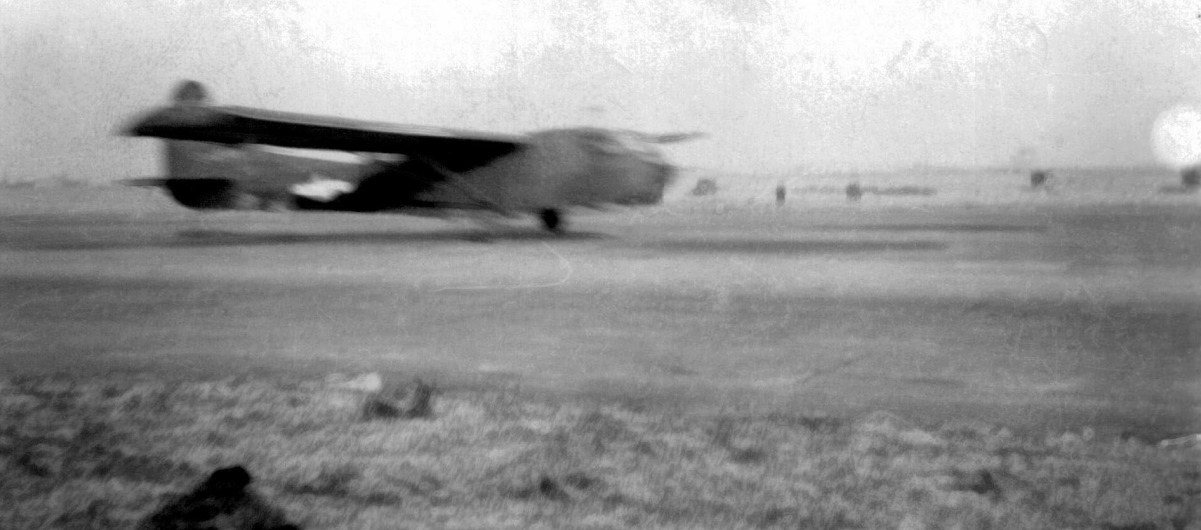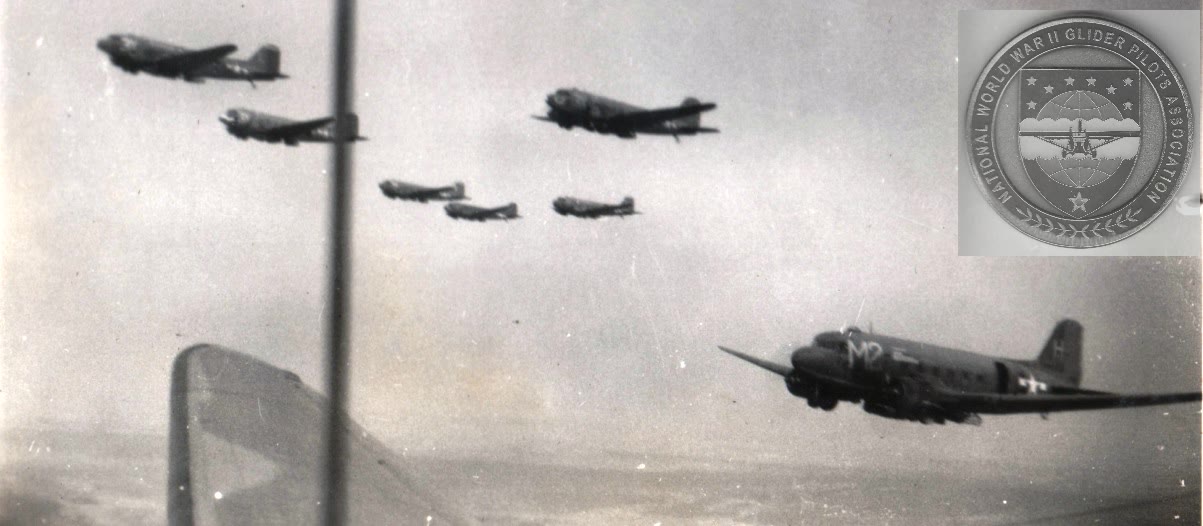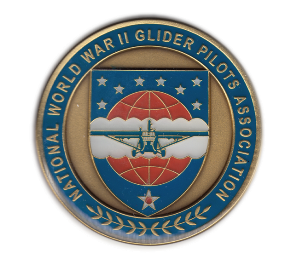|
On Saturday 16 December 1944, the German army launched a massive counter attack against Allied Forces
in the area of eastern Belgium. The German offensive, named Herbstnebel (Autumn Fog), under the command of
General Gerd von Rundstedt, was initiated in the early morning hours when the 5th and 6th Panzer armies
began the assault through the Ardennes Forrest. The objective of the offensive was the capture of Antwerp to prevent
the Allies from using the port for resupply and to divide the American and British forces.
Hitler’s Impressions of the American Stand at Bastogne
Transcript from Hitler's Staff Meeting Documents 9 June 1945
In the course of the Ardennes Winter Offensive begun 16 December 1944, the 7th Army pushed forward past the northern
rim of Luxembourg into Belgium beyond St.Hubert. At the same time the forward elements of the 6th Armored Army,
namely, the SS Leibstandarte lead by Standartenfuherer Peiper penetrated to Stavelot.
By this movement the “road octopus” Bastogne, centrally located between the two attacking columns was
left occupied by the enemy. The Fuhrer, on several successive days pointed out the extreme importance of establishing
contact between the two unites. First of all to cut off in this manner the enemy forces remaining in the
area of Bastogne, and secondly, to safeguard the route of supplies and reinforcements for the continuation of the
offensive, particularly as the best supply routes lead thru Bastogne.
17 December 1944
On Sunday 17 December at 1051 hours the first air resupply was requested by the 423rd Infantry at Buchet,
Belgium to the 106th Division headquarters at St. Vith, Belgium.
From 423 Inf: 2d BN 423 Inf joined with. Contact 422 Inf. Will hold perimeter. Drop amo, food and med supplies until route open.
We have no arty.
At 2030, that same day, a phone call from Chief of Staff, XVIII Corps (Airborne) was placed to
Brigadier General Anthony C. McAuliffe, Acting Commander of the 101st Airborne Division, for their immediate
deployment to Bastogne. Both the 82nd Airborne Division and 101st A/B were rushed to the Ardennes.
The 82nd took point, bypassing Bastogne, and the 101st was to hold Bastogne. This action and the ensuing
events would become known as the Battle of the Bulge.
Between 17 December and 22 December the weather kept the aircraft from completing any resupply missions to Belgium.
The 82nd A/B at St. Vith;
Task Force Hogan 3rd Armored Division at Marcouray and the 101st A/B at Bastogne, were all in need of supplies
and medical aid.
19 December
Headquarters 101st Airborne Division Narrative - December 1944
At 2200 on the 19th, an enemy attack cut off the Division service area at which time the majority of the 326th
Airborne Medical Company was captured. The 801st Ordnance Company and the 426th Quartermaster Company escaped
capture with only slight losses. At this time the supply situation was indefinite and inadequate, and in an
attempt to secure supplies for the Division, organic 2 1/4 ton trucks had been dispatched to the Division rear
base and rear army installations to pick up ammunition. When the enemy succeeded in encircling BASTOGNE there
were approximately 100 of the Division's trucks in rear areas. Only a few of those which had been sent back for
supplies succeeded in returning to the BASTOGNE area prior to the encirclement.
20 December
On the 3rd or 4th day of the attack (about 20 December 1944) the capture of Bastogne actually did seem imminent.
At an evening Military Situation Conference, SS Gruppenfuhrer Fegelein said to the Fuhrer, ‘ We shall take Bastogne
tonight.’ Then it came as a great surprise when intelligence reported that 101st Airborne Division was in line at
Bastogne. With this news it became clear to all participants of the Conference that the Allies had recognized the
importance of Bastogne for the continuation of the German Winter offensive in the Ardennes and were resolved to
hold the city at all costs.
The 101st requested re-supply by air.
The apparent difficulty of securing supplies through ground channels prompted the first air resupply request
[by the 101st] on 20 December.
22 December
Pathfinders, lead by Colonel Joel Crouch, were dropped near Bastogne to set up finding aids for the air resupply.
The weather did not allow a window of opportunity for the Troop Carrier Groups, whose planes
had been loaded on fields in England, waiting, until 23rd December. ;CONTINUE →
References
| 
